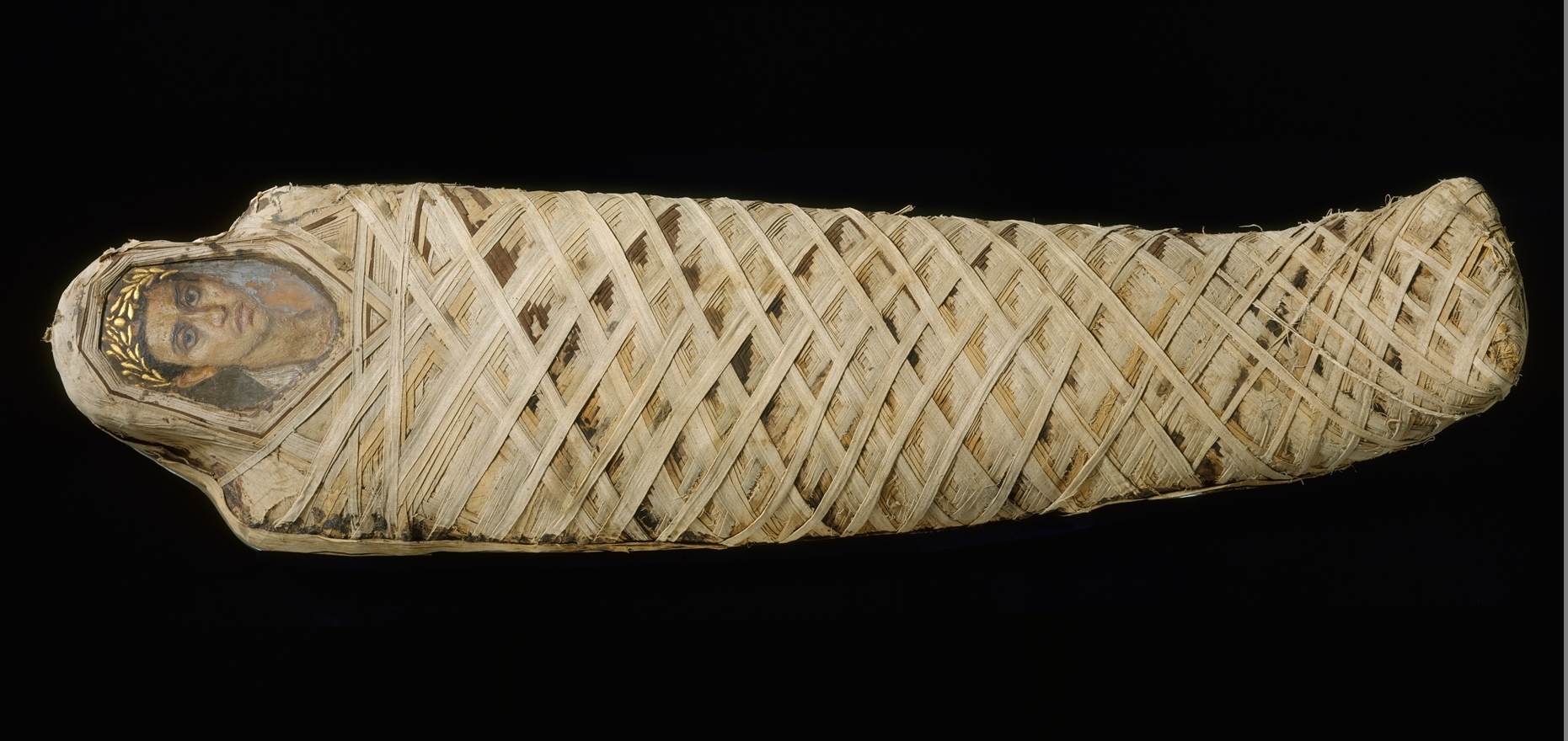Posted by Curry S. on Jan 23rd 2020
Encaustic Mummy Portraits
Encaustic is a wax painting medium that dates as far back as the 5th century B.C. There are different methods of encaustic including encaustic monotype printmaking, three-dimensional encaustic sculptures and iron wax painting. The most popular method is traditional encaustic painting.
The word encaustic derives from the Greek word enkaustikos meaning “burnt in.” It is no coincidence that the method of encaustic painting is to use heat in both the painting and drying process. Basic tools necessary for encaustic are your encaustic medium of choice, a natural hair paint brush (synthetic will melt), a griddle, palette or hotbox, bowls or tins to hold your melted paint, a fusing tool, and the surface you will be painting on, also known as substrates.

When we think of encaustic painting today, we tend to think of it decorating a wall in our home. But centuries ago, the encaustic method was used to decorate mummies. Dating back to the third century A.D., mummies were found buried with encaustic portraits depicting the dead. Hairstyles and jewelry decorating the person in the portraits was one of the few ways to tell when the mummy was buried, as well as the region they were from. Occasionally portraits were gilded using gold-leaf, adding to the ornamental element of the portraits. These portraits give a unique view into the rituals of societies from so long ago.

Mummies from left to right:
Fayum mummy portrait of a youth in golden wreath. Encaustic on wood with gold leaf background. Created: A.D. 130–50. | Mummy portrait of bearded man, encaustic on wood, Royal Museum of Scotland, 1911.210.1. Excavated at Hawara by William Flinders Petrie in 1911. Ref Ancient Faces, 1997, cat. no.22. | Mummy portrait of a young woman, Roman Egypt, c.120-150 CE.

Roman Period, A.D. 80–100, From Egypt, Fayum, Hawara, BSAE excavations 1910-1911, Encaustic on limewood, human remains, linen, mummification material, mummy: l. 169 cm (66 9/16 in); w. 45 cm (17 11/16 in); panel as exposed: l. 38.1 cm (15 in); w. 18 cm (7 1/16 in), Rogers Fund, 1911.

